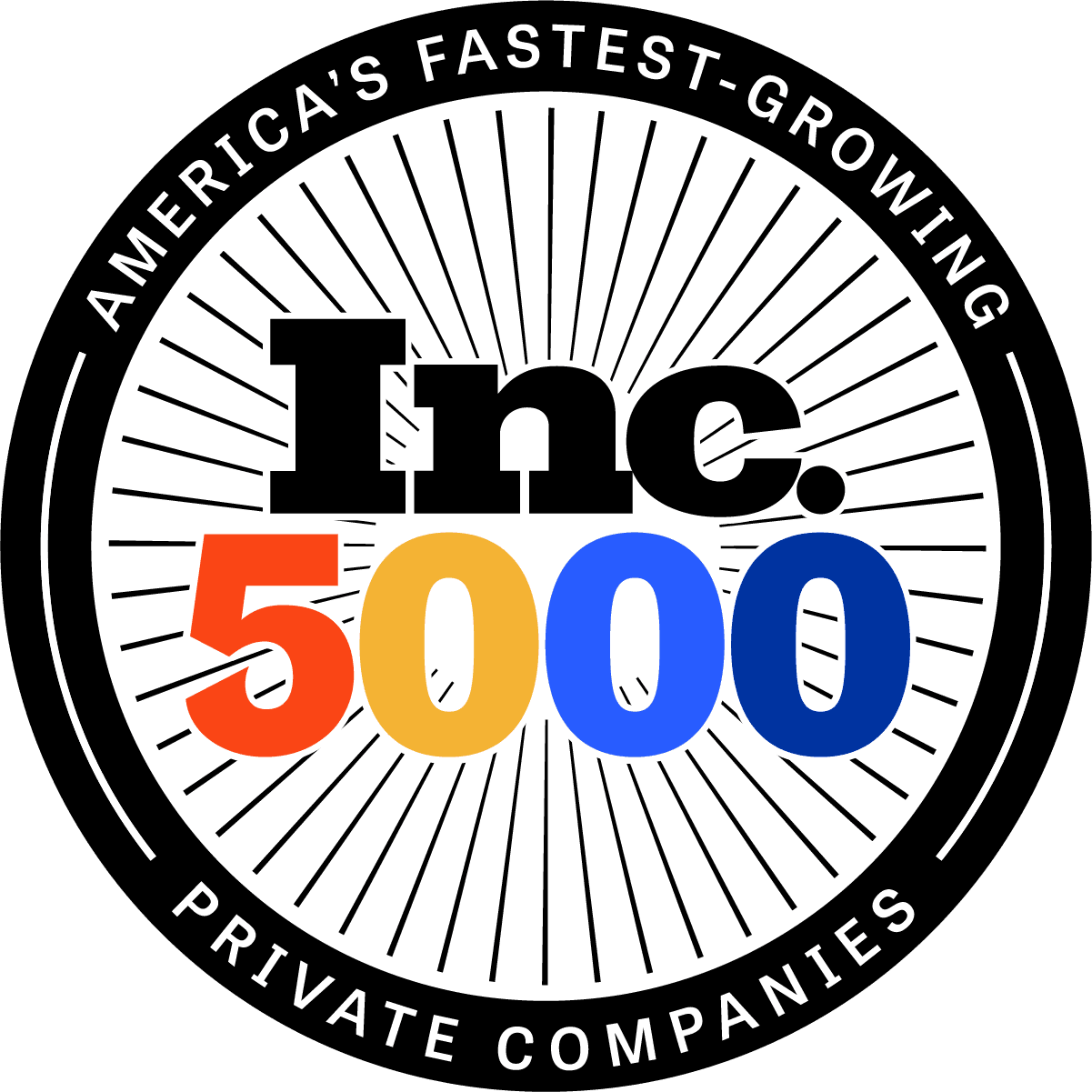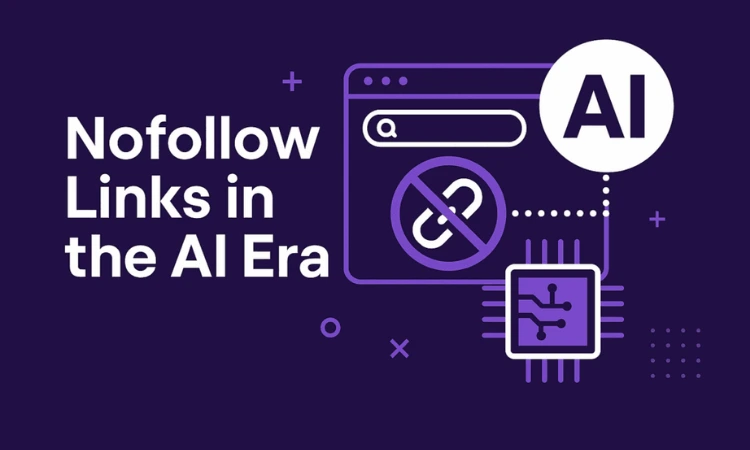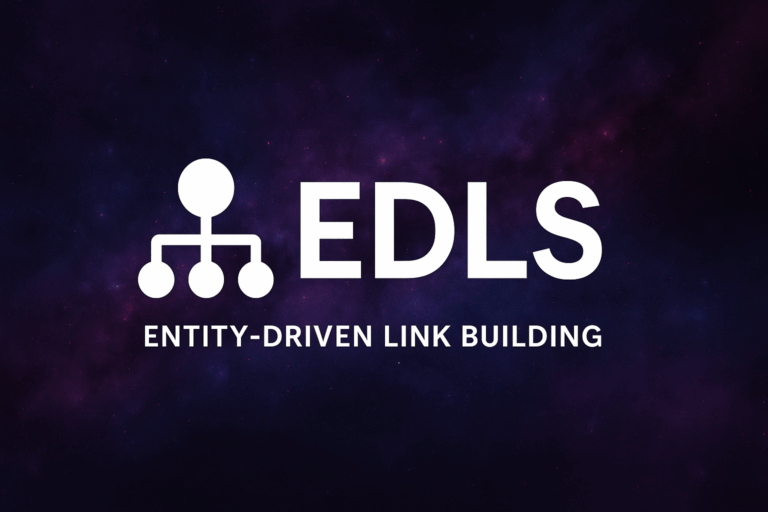Do Nofollow Links Still Matter for SEO and Authority?
Nofollow links may not pass PageRank, but they drive something more important in 2025: visibility in AI search.
In our client dataset, mentions from nofollow-only sources, such as Reddit and Forbes, correlated with faster AI visibility and more brand citations in ChatGPT.
What Are Nofollow Links?
A nofollow link instructs search engines to disregard and not pass link equity to the destination. Any link with the nofollow tag will not be used to determine a site’s authority or search engine rankings.
Introduced initially to fight comment spam, nofollow links are now about control, not avoidance. They help manage authority flow, prevent spam associations, and still support visibility and discovery across the web..
How Do Nofollow Links Work?
To set up nofollow links, you include the rel=”nofollow” tag in the href attribute for any hyperlink. The nofollow attribute value directs search engines to ignore that particular link, meaning it won’t contribute to your PageRank or overall authority.
Nofollow vs. Dofollow Links
There are two types of external links: nofollowed links and dofollow links. The link attribute you choose will affect your link authority, rankings, and overall SEO.
Nofollow Link Attribute: When you add rel=” nofollow” to outbound links, it will not impact search rankings. Neither party will get link equity, though you may receive referral traffic.
Dofollow Links: Dofollow links enable you to acquire link equity from the link target. This also means that they can improve your domain authority and page rank. Relevant links from popular websites can help you appear higher in search results, as you can lean on their jurisdiction.
Search engines expect diversity. A natural backlink profile includes both dofollow and nofollow links. A split between dofollow and nofollow is healthy, but the real metric isn’t the ratio; it’s its variance.
Are Nofollow Links Good for SEO?
Yes. But not how you think.
Nofollow links can’t affect your PageRank, but they can influence discovery, visibility in AI models, and brand perception. That’s our campaigns use them intentionally to amplify visibility across AI, Google, and social ecosystems.
Google’s Sems, Bing Copilot, and Perplexity crawl both follow and nofollow links to understand relationships between entities. That makes them valuable for authority modeling even without equity transfer.
When Should You Use Nofollow Links?
You can use the nofollow attribute in various ways depending on your needs. Some of the most common reasons to use nofollow on external links include:
Paid Placements: Google and other search engines expect you to use rel=” nofollow” on your paid link placements. This ensures that companies do not gain unfair benefits from their marketing.
Sponsored Content: If you write an article or review a product, you should use the rel=”nofo” low” lin” attribute, the same as you would for a paid placement.
User-Submitted Content: Links from commenters may lead to spammy, deceptive, or dangerous sites. To cut down on blog comment spam and protect your page ranking, ensure that you add the rel=”nofo” low” att”ibute to your HTML code for comment submissions.
Forum Posts: Like blog comments, people may link to other sites that harm your rankings. Add the nofollow attribute so that your site isn’t associated with commenter URIs.
Header and Footer Links: You can also use the nofollow attribute on internal links, such as those in contact forms and privacy policies that appear on every page. Since these links will be visible throughout your site, they may be misperceived by Google or other search engines as spam. Check out our guide to navigational links for more insights.
Do Nofollow Links Pass Authority in 2025?
In 2025, nofollow is a “hint,” not a block. Google, Bing, and AI engines analyze them to understand web relationships. They don’t transfer PageRank but do influence entity mapping, co-citation strength, and visibility in AI-generated summaries. This shift reframes nofollows as part of a brand’s identity fabric rather than as wasted links. They tell AI and search systems who trust you enough to mention you.
Entity Mapping: Helps AI and Google connect your brand to related topics and industries.
Co-Citation Context: Mentions across trusted platforms improve visibility even without PageRank.
AI Discovery Signals: Models like ChatGPT treat nofollow pages as part of their source graph.
How Google Treats Nofollow Links Today
When Google created nofollow links in 2005, the goal was to reduce spammy comment data and protect domain authority. However, a lot has changed in 20 years, and search engine optimization is significantly more complex.
In 2019, Google added two other nofollow attributes that provide greater context to external links, ensuring you are not penalized by search engines for having a large number of rel=” nofollow” tags. These include rel=”spon” ored” and”rel=” UGC.”
The”e two work identically to the original nofollow attribute, but they allow Google to understand better why a link has been nofollowed.
Rel=”spon” ored” is “sed when you have an external link to a different website acquired through a sponsorship or paid advertising campaign. For example, if you were paid for a book review, then you should use the nofollow attribute when linking to the book.
Rel=” UGC” is for user-generated content, such as blog comments, forum comments, social media comments, and contact form submissions. Because your audience may link to other sites with lower domain authority, this protects your PageRank while still allowing for expression.
Finally, the rel=”nofo” low” att”ibute can be helpful for internal links or linked pages that may have low authority. For example, if you want to link to a blog that contains sensitive content, you can use nofollow to ensure that your site is not associated with these terms.
Why Stellar SEO Still Builds Nofollow Links Strategically
At Stellar SEO, we use nofollow links to amplify brand reach, reputation, and discovery.
AI search tools use nofollow sources like Wikipedia, Reddit, and news sites to train their responses. Our process ensures your brand appears in those ecosystems where authority and relevance now intersect, not just in search results, but in the data that powers them.
Every healthy backlink profile includes a mix of both link types, but the most innovative campaigns treat nofollows as visibility assets.Familiarn Sources of Nofollow Links
Social Media Platforms
Links from Facebook, Twitter, Reddit, Bluesky, and others are usually nofollow. However, they can help boost your brand’s ability and drive more engagement.
News Websites and Press Mentions
High-authority media typically use nofollow links to protect their rankings. However, getting featured in a news article or press release will influence your trust signals and drive higher brand awareness, making these opportunities valuable.
Wikipedia and Reference Sources
Wikipedia and similar platforms, such as Encyclopedia Britannica, use the nofollow attribute for every outbound link. However, being cited as a source on these sites can significantly improve your credibility and offer indirect search optimization value.
Forums and Q&A Platforms
Reddit, Quora, and specialized-interest forums typically use the nofollow attribute for every link. However, these platforms have millions of active accounts that may choose to visit your site after seeing it mentioned. By driving higher engagement, traffic, and visibility, these mentions can be invaluable.
Balancing Nofollow and Dofollow Links
Nofollow links smooth your link velocity and protect your profile from volatility. Google’s updates often penalize unnatural spikes in dofollow growth. A healthy mix creates a safer, more sustainable authority curve.
Metrics That Still Matter for Nofollow Links
While these links may not directly improve your SEO, you should still monitor their metrics. The four most essential metrics are domain authority, page relevance, anchor text, and placement.
Domain Authority of Referring: Being mentioned on a high-ranking website can significantly improve your visibility and reputation.
Page Relevance: A nofollow link can still be helpful if it is directly relevant to the page. For example, being mentioned on a Reddit post about your niche can encourage visitors to check out your services.
Anchor Text: Ensure that every link uses relevant and optimized keywords, even if you won’t have link equity from the source.
Placement Context: Consider how your brand was mentioned in these links. This may explain what visitors expect from your site or provide insights into your brand’s station.
Nofollow links drive engagement metrics like clicks, dwell time, and branded search queries, which indirectly strengthen authority. While these may not transfer equity, collectively they fuel brand signals that feed both search algorithms and AI systems.
Pairing these signals with strong on-page SEO ensures that every page benefiting from referral traffic converts that visibility into measurable ranking strength.”No f”allow Links and Link Velocity
Nofollow links help you avoid unnatural spikes in dofollow link growth, which reduces your risk of penalties. By combining these links, you can smooth out your link velocity and create a more natural backlink profile.
Nofollow Links in Affiliate Marketing
Affiliate links should always use nofollow or sponsored tags. If not properly attributed, Google will identify this as link spam and subsequently penalize the domain.
Risks of Ignoring Nofollow Best Practices
Misusing or overusing nofollow tags can lead to serious issues for your website, including the following problems.
Penalties: Failing to identify paid links or using a large number of nofollow links may suggest that you are engaging in deceptive link practices.
Missed Opportunities: The rel=”nofo” low” lin” attribute means that the referring page will not provide link authority. Failing to suggest a dofollow link to a high-value site may mean you miss out on excellent link equity.
Over-Optimization: Some companies may excessively use nofollow links to avoid damaging their PageRank, but this can backfire because they are not deriving any link equity from these sites.
How Stellar SEO Approaches Nofollow Link Building
Stellar SEO builds link profiles that mirror natural growth and multi-channel visibility. We combine authority links, citations, and high-quality nofollows from trusted domains that AI systems crawl daily. This balanced approach compounds visibility, protects your domain from volatility, and positions your brand where both users and algorithms look first.
Our process recognizes that nofollow links drive brand discovery and topical validation, even when they do not directly pass PageRank. As AI tools like ChatGPT, Perplexity, and Google’s reviews rely on both follow and nofollow sources, strategic placements in these ecosystems now play a measurable role in visibility.
Because nofollow links still affect visibility, our campaigns incorporate them within a holistic authority framework. We also combine this with expert SEO copywriting to ensure every page that earns visibility is built to engage users and rank for the right intent.
Case Studies: Building Authority Through a Balanced Link Profile
Our nofollow placements are never standalone tactics. Each campaign blends nofollow link acquisition with standard link building and digital PR, creating a natural and defensible mix that mirrors organic growth. This approach drives visibility across both traditional search and AI-powered discovery.
We’ve used this approach across industries to validate how nofollow placements contribute to measurable SEO and AI visibility outcomes.
Case Study #1: National eCommerce Retailer
- Challenge: A large home improvement retailer experienced significant traffic declines after Google’s updates, due to an overreliance on affiliate-style dofollow links.
- Solution: We integrated authoritative nofollow placements across niche media, editorial roundups, and buying guides while strengthening dofollow outreach through digital PR partnerships.
- Results:
- 92% organic growth in five months
- Product pages earned AI Overview visibility
- Rankings stabilized across key categories
Case Study #2: Healthcare Technology Company
- Challenge: A telehealth platform needed to build brand trust and visibility while maintaining compliance around medical content.
- Solution: We combined medical directory citations, healthcare forum mentions, and nofollow links from reputable publishers with a targeted digital PR and authority-building campaign.
- Results:
- 41% increase in referral traffic
- 62% lift in branded search volume
- Cited in multiple AI-generated health summaries as a trusted source
By pairing contextual nofollow links with high-authority follow placements, we help clients strengthen both visibility and reputation across every search surface, from organic to AI-assisted discovery.
To see how our authority-driven link acquisition process works, visit our Link Building Services page for a deeper look at our strategy.
Whether follow or nofollow, the goal is the same: strategic visibility across every channel where authority is measured.
FAQs About Nofollow Links
Can nofollow links hurt SEO?
No. Nofollow links don’t affect rankings when used intentionally. The problem isn’t the tag itself; it’s just the low-quality placements and manipulative tactics. Google evaluates the overall trust and diversity of your backlink profile. A few hundred credible nofollows will strengthen your authority more than a few spammy dofollows ever could.
Do nofollow links still add value?
Yes, they add visibility, validation, and trust.
AI search systems like ChatGPT, Perplexity, and Google Reviews crawl and follow nofollow sources to understand brand relationships and expertise. Mentions on credible sites, even with a nofollow tag, can influence discovery, referral traffic, and whether your brand is cited in AI-generated summaries.
How many nofollow links should I have?
ThereThere’sniversal ratio. Healthy profiles typically show 15–30% nofollow links, but context matters far more than the percentage. A well-placed mention in a nofollow environment like Forbes, Wikipedia, or Reddit has more long-term value than dozens of generic dofollow guest posts.
Should internal links ever be nofollow?
Rarely. Internal links should remain dofollow to pass authority throughout your site. The only exceptions are sponsored elements, tracking widgets, or repeating links, such as legal disclaimers, that appear sitewide. Those can safely be tagged nofollow to keep your internal flow clean.
Do AI systems like ChatGPT or Perplexity follow nofollow links?
Yes. AI models don’t rely on PageRank to assess credibility. They read both link types to build context and map trusted entities. Appearing in nofollow environments helps your brand get discovered and referenced in AI Overviews, Copilot answers, and generative summaries.
Why do major publishers only use nofollow links?
Sites like Forbes, Business Insider, and Wikipedia use sitewide nofollow policies to protect their link equity. Getting featured on those platforms still drives tangible results, including brand trust, visibility, referral traffic, and AI discovery. These are valuable authority signals even without a traditional equity transfer.
Can nofollow links reduce risk during Google updates?
Yes. A diverse link profile smooths volatility during core and spam updates. Blending high-quality nofollow placements with standard link-building and digital PR creates a natural, defensible backlink pattern that protects visibility and strengthens authority over time.
How should I evaluate a nofollow link opportunity?
Ask three questions before saying yes:
- Is the site topically relevant to your brand or service
- Will it reach a real audience that could engage or convert?
- Does it reinforce your credibility within your industry
If all three are true, the link adds measurable authority, whether it’s nofollow or nofollow.
Can nofollow links help build topical authority?
Yes. When used strategically, nofollow placements reinforce entity connections and brand context across the web. They make your content discoverable by AI systems, strengthen your authority graph, and complement the follow links that carry ranking weight. In short, they make your brand easier to trust.
Book a Consultation With Stellar SEO
Stellar SEO offers ethical, diversified link-building strategies that enhance your overall online visibility rather than focusing solely on authority. Our experts will strategically leverage all link attributes to ensure you derive maximum benefit from every online mention, while also improving your site’s performance and diversity.
If you’ryou’rey to supercharge your SEO, call us at (615) 953-9493 or contact us online for a free consultation.













